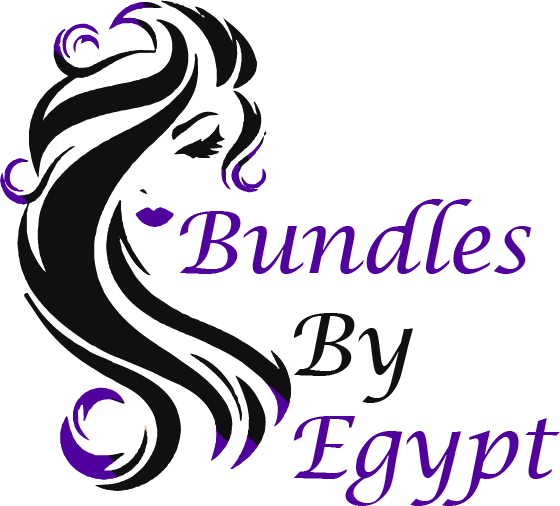The Ultimate Guide to Reading Tarot Cards
Are you interested regarding the mystical globe of tarot card cards? Whether you’re a seasoned professional or a newbie, discovering how to check out tarot card cards can be a fascinating and rewarding experience. In this detailed guide, we’ll discover the history of tarot card, the importance behind the cards, and the techniques for performing analyses.
History of Tarot card
Originally used as playing cards in Europe throughout the 15th century, tarot cards have actually advanced into a powerful device for divination and self-contemplation. The standard tarot card deck includes 78 cards, divided into 2 primary categories: the Significant Arcana and the Minor Arcana. The Significant Arcana cards represent major life events and spiritual lessons, while the Minor Arcana cards concentrate on daily experiences and obstacles.
- The Significant Arcana: This set of 22 cards features legendary numbers such as The Fool, The Lovers, and The Fatality card. Each card brings a substantial symbolic definition and can use deep understandings into the querent’s life journey.
Symbolism of Tarot Card Cards
Each tarot card is abundant with importance and concealed meanings. The images and icons psychic clairvoyant medium shown on the cards show universal archetypes and styles that resonate with the subconscious mind. When conducting a tarot analysis, it’s necessary to take notice of the visual cues, shades, and patterns on the cards, as they can provide important understandings right into the querent’s circumstance.
How to Read Tarot Cards
Reading tarot cards is a very instinctive technique that needs a deep link with the cards and the spiritual world. There are a number of approaches for carrying out tarot card analyses, consisting of the three-card spread, the Celtic Cross spread, and the Yes/No spread. Each spread supplies a special point of view on the querent’s question and can aid guide them towards quality and understanding.
- Three-Card Spread: This basic yet efficient spread involves drawing three cards to represent the past, present, and future facets of the querent’s situation. The cards are analyzed in relation to each various other, supplying a holistic view of the concern at hand.
Tarot Card Analysis Tips
Whether you’re an experienced fortuneteller or a novice, there are a number of tips and guidelines to improve best tarot apps your analysis experience:
- Trust fund your instinct: Tarot reading is a deeply instinctive technique, so it’s necessary to trust your internal wisdom and sixth sense when analyzing the cards.
- Method routinely: Like any type of skill, tarot card analysis calls for technique and devotion. The even more you deal with the cards, the a lot more attuned you’ll become to their meaning and messages.
- Maintain a tarot card journal: Recording your analyses and insights in a journal can aid track your progress and strengthen your understanding of the cards with time.
Conclusion
Checking out tarot card cards is a powerful tool for self-discovery, self-contemplation, and spiritual growth. By delving into the abundant significance of the cards and trusting your intuition, you can unlock extensive insights and assistance for browsing life’s difficulties. Whether you’re seeking clearness on a details problem or merely exploring your spiritual path, tarot reading can provide an unique and transformative experience.

